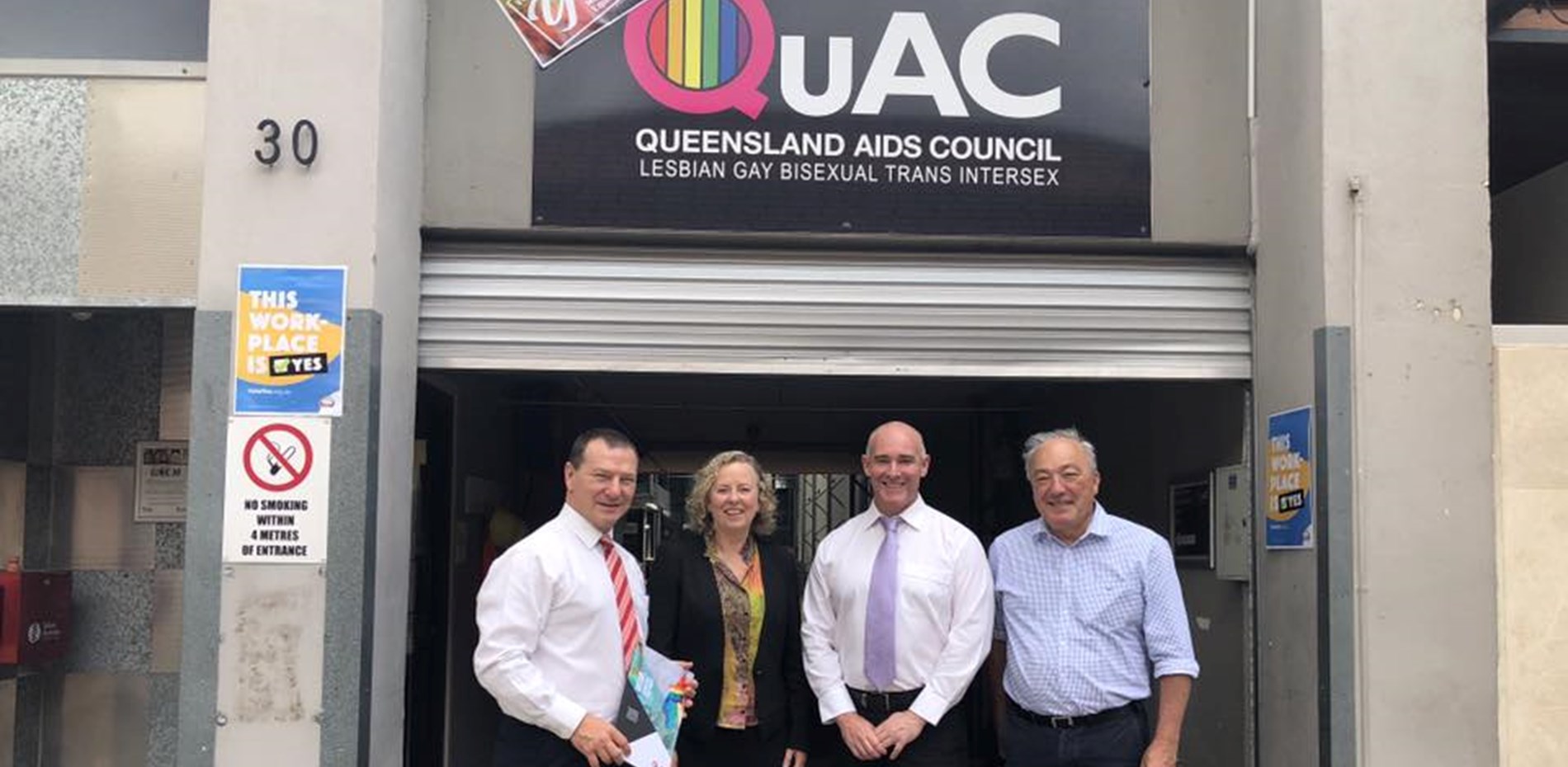I thank the member for Higgins for her motion. This is a very important one, and it again demonstrates that we work best when we all work together. I'm going to demonstrate my age a little bit here. I was a registrar, and then a very young consultant, at the beginning of the AIDS epidemic in Australia. I remember how frightened we all were. Then we didn't call it HIV, because the virus hadn't been identified. We called it 'acquired immunodeficiency syndrome'. I remember when we had the first child with AIDS at the children's hospital, and a very good consultant, Dr Kamath, who was a gastroenterologist, was asked to see this child in intensive care. He said, 'The symptoms are very similar to something I've just read about that is happening in the United States.' In fact, this child did have full-blown AIDS and had returned from the United States. The child ultimately succumbed to AIDS, as did, I believe, his parents. That was the beginning of the AIDS epidemic. I think people do not quite understand how frightened we all were about this. We were frightened because, at that stage in the United States, many people were dying. There was vertical spread from mother to infant. We were very frightened that it would get into our disadvantaged groups such as our Indigenous population—and there was absolutely no treatment. We were seeing children dying from this disease. I, for one, cared for a little girl called Eve van Grafhorst, who ultimately developed AIDS from a blood transfusion given to her as a premature infant. We saw the terrible way she was ostracised and her family was treated. It really was a very frightening time for all of us. I remember speaking to my immunologist friend, then working at Liverpool in south-west Sydney, and he was very scared about transmission among intravenous-drug-using people, and we were very frightened about what that was going to mean in our communities.
It was only when two people—Neal Blewett, the Minister for Health, and Peter Baume, the shadow minister for health—came together and agreed to work together in a completely apolitical, bipartisan way that we were able to work towards Australia becoming the leading nation in the world in combating this scourge of AIDS, ultimately found to be HIV. Even today, when I was speaking to a younger member of my staff, he didn't know what the word 'AIDS' meant, and this was something that could've taken over our community. Yet, by working together, we managed to get on top of the epidemic and reach a point where, now, Australia leads the world.
The PrEP, pre-exposure prophylaxis, treatment, which was trialled initially by the New South Wales Liberal government, has been a fantastic effort. Now available around Australia, it has led to much-decreased rates of transmission. We now have intravenous preparations, which are a very effective way of providing treatment without the need to use prolonged oral treatments. We are now able to provide this in a non-judgemental, non-partisan way throughout Australia, which has been dramatic. We are now seeking to be able to eradicate HIV by human-to-human transmission from Australia. It is an achievable fact that many years ago we believed would never be possible.
We still have areas of need. We still have disadvantaged populations. We still have populations in countries around us, such as Papua New Guinea and some of the Pacific islands, where it is still a huge risk and a huge problem. I want to pay tribute to AFAO and the organisations that are part of it and the work they have done to develop a very non-judgemental, apolitical way of approaching HIV in Australia as we look towards eradicating it and being one of the first countries in the world to be able to do that. That's a tribute to politicians on both sides and to people in the community, in the LGBTI community and in the medical community who have worked towards this aim.



